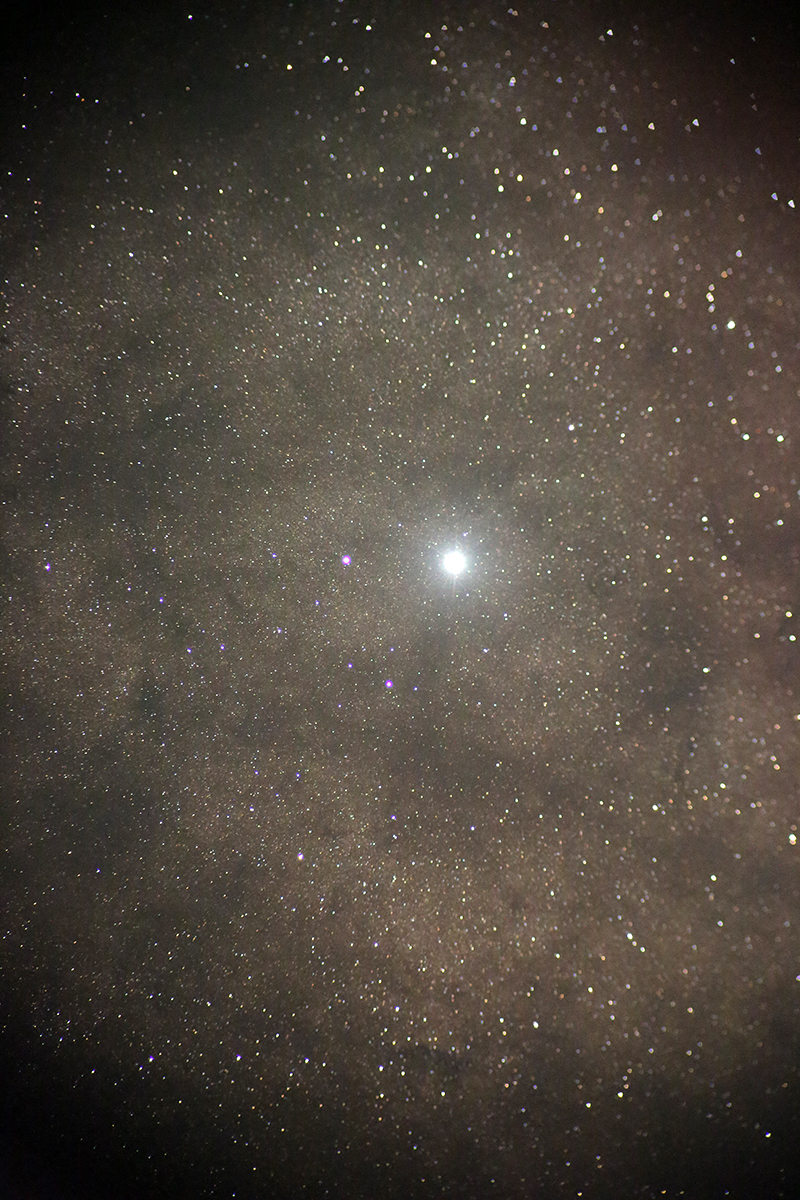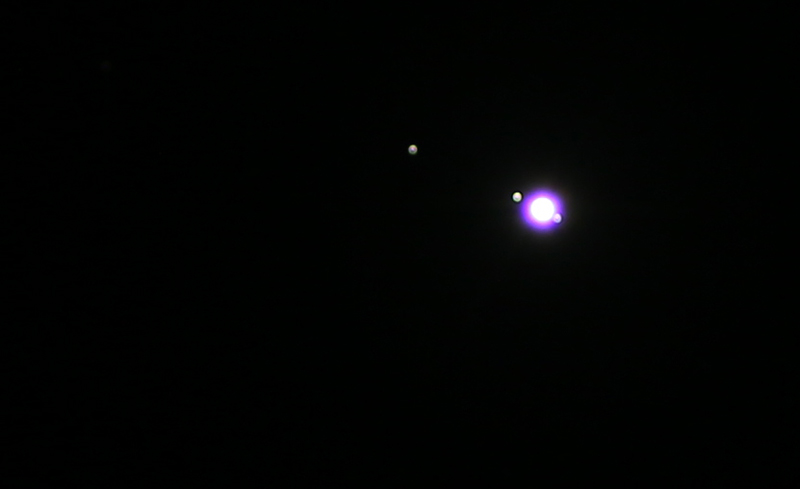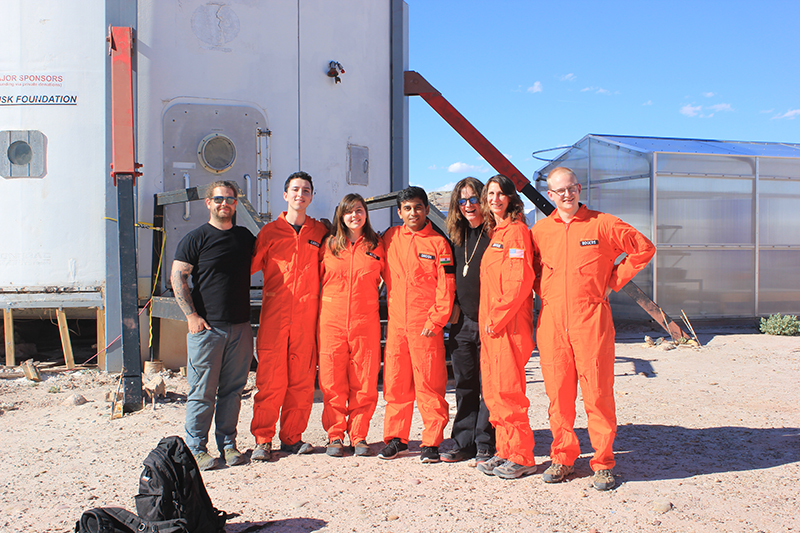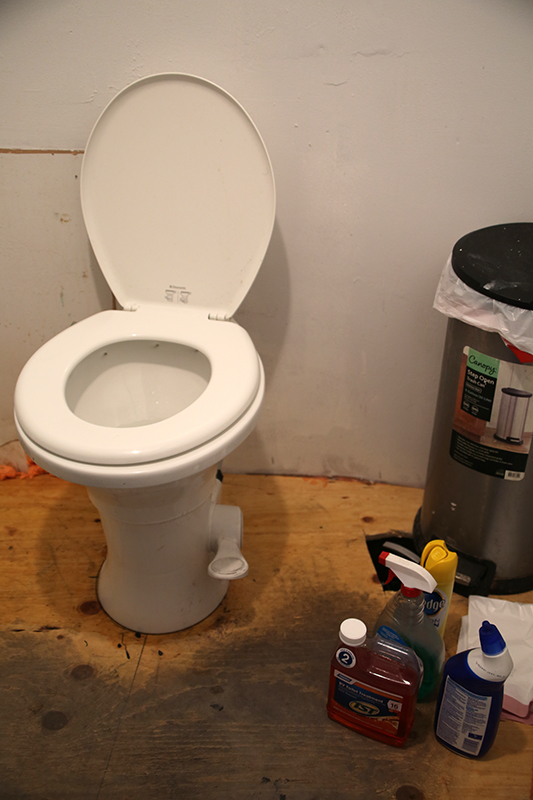Greenhab Report
Avishek Ghosh
Scientist and Greenhab Officer
There has been a visionary approach since a decade of sending Human to MARS. But, the question arises how do we survive there? There is an expectation of intensifying better technological advancement by transforming scientific research into solving real life challenges. Terraforming MARS is not just challenging but also requires an extensive level of research to understand the effects of extreme weather conditions on living cells. It is also important to evaluate the surviving capabilities of living cells in presence of chemical and biological reactions. So, performing identical experiments under two different environmental (earth like and Martian Atmosphere) conditions and swapping the experiments under simultaneous transition of environments could lead us to a new dimension of biological research. It will be beneficial for advancing survival and protection mechanism to allow the micro-organism to adopt the mutation capabilities under extreme environments.
Problem statement:
My interest has always been to delve deeper into the subjects associated with future space settlements specifically, in the area of life support system. It is a controlled and interactive platform which interacts with the responses from human respiratory system and functionality in order to keep human being (Astronauts) alive in space or under extreme environments. It is the most essential element for the manned space exploration. Considering the facts explained above, there are some major important factors interlinked with future MARS exploration,
- Generate sufficient amount of oxygen and reduce the level of Carbon-di-oxide in order to create a suitable balance in the atmosphere inside the habitat.
- It is also important to find an alternative of growing plants under extreme environment as a substitute method which could reduce the continuous resupply of food.
- Study and understand effects of radiation on different plants and the reactions and impact of such radiative energies with soil.
- It would be beneficial to have an onsite operational Green Hab lab under a controlled and simulated Martian atmosphere at MDRS to perform extensive level of research for better understanding how to grow food and avail oxygen under extreme environment like surface of MARS.
So, in my opinion, it is very important to design a suitable Greenhab not only to avail oxygen but also growing plants to support life inside the habitat for a long duration space mission under extreme environment. A well maintained Greenhab could be a major element acting as a contributory factor to the life support system for a long duration space mission in future.
Figure 2: Importance of developing a Greenhab at MDRS
Vision: The real implementation and integration of building a better technology for human settlement on Mars, is essentially a matter of further research. As an example, the Svalbard Global Seed Vault in Norwegian Island is a global seed back which preserves a wide verity of plant seeds. Similarly, MDRS Greenhab could be a seed/plant vault growing different plants under simulated atmosphere maintaining the exact weather conditions inside the Greenhab with the subsequent countries, the seeds are collected accordingly. So, initially the research could be conducted on collecting various soil samples and seeds from various locations on earth. The MDRS Greenhab will act as an International hub of Martian Research and Simulation for perform extensive level of research considering Greenhab as a life support system for long term space mission in future.
| Figure 4 : Future perspectives of MDRS Greenhab |
As it is explained above, two different Greenhab Lab is required to continue research activities on producing oxygen and food by growing plant inside the Greenhab Lab. The execution of developing a small Greenhab (Simulated Martian Lab) inside the general Greenhab is necessarily expected at MDRS. Similarly, there are several dynamic factors associated with these research activities which drives the approach extensively on growing different plants and understand the factors affecting on plant growth, scarcity and abundance of micro\macro elements in the soil, survival of micro-organisms and bacteria even algae, fungus under extreme environment.
An ideal Greenhab design requirements:
The main Greenhab: It must be equipped with fully functional weather control (Temperature, humidity and other factors) system. Crew members can have access and monitor on every operational and functional instruments to change or modify parameters for balancing the inside atmosphere even decide which is suitable for the growing plants inside a Greenhab. A framework needs to be designed where different set of platform are to be placed on racks and there should be dedicated racks/holders for seeds and plants depending upon size and volume.
Simulated Martian Greenhab: It must be equipped with Microwave and other relevant frequency and radiative instruments including Co2 chamber filled inside. In this lab, a few specific seeds and plants could be placed inside the simulated Martian atmosphere which would also allow us to understand the effect of extreme environment on bacteria and micro-organisms such as algae, fungus etc. The Martian atmosphere is dominated by Carbon-Di-Oxide and abundance of oxygen which could lead us to perform an extensive research on bio-transformation of Co2 into oxygen. Plants such as Chlorella could be beneficial for the environment inside to produce oxygen.
Process requirements & Advantages: A well-structured and organized process of performing plant simulation under MDRS Greenhab consists of several stages. It requires involvement, analysis and interaction with scientific research community. An interdisciplinary approach with participants from diverse research backgrounds is expected in the program in order to pursue a simultaneous process of Greenhab research activities. And most importantly the outcomes and result should be scrutinized by highly qualified researchers with the help of most advanced instruments.
The next stage is to exchange the places to observe effects of variations in environmental and atmospheric conditions on the grown up plants when they are shifted between MDRS general Greenhab and Simulated Martian Greenhab. A well-structured analytical study is required at this point focused on biological and chemical changes occurred in plant stems and leaves due to transition of atmospheric conditions.
| ● Collect seed and soil samples from all the nations, foreign locations
● Grow the collected seeds under the both atmospheric conditions. ● Study the effects of various atmospheric & environmental conditions on seeds, soil etc. |
| Figure 5 : Research Methodology at MDRS Greenhab |
How to encourage and influence Greenhab activity?
- Through crew selection process: Developing Greenhab could be implemented as a mandatory project through MDRS crew sessions. A particular session could be dedicated for Greenhab development so that the crew members could brainstorm ideas and develop it according to their research requirements. It could also be is developed in such way that participants among MDRS crews would be able to work collaboratively under guidance of a ‘Team Greenhab’ sponsored or operated by The MARS Society.
- Ideas on Greenhab design challenge and competition: A national or international level Greenhab design challenge or competition could be introduced very much as like URC (University Rover Challenge) so that the participants from various universities could bring their ideas and present with practical demonstration at MDRS site.
- Scientific Publications: Its one of the most important factors of gaining access to get recognized in international research community. The research work and activities carried out at MDRS campus are subjected to be publicising in space and science related journals and conference papers.
- Outreach activities and Crowdfunding campaign: Outreach activities could be an important role for promoting MDRS research work through campaigns in schools and Universities or visiting crews at MDRS while continuing research in Greenhab. Attending Maker Faire design challenge would encourage the young generation to design and fabricate future Martian Greenhab.
- Design microgravity experiments for International Space Station: There could be a research platform introduced in MDRS to transfer the carried out Greenhab research and into more advanced environment to avail most feasible outcomes possible by utilizing resources and research capabilities in the International Space Station. By this way, effects of microgravity on plants such as fluid flow in stems and leaves, growth of micro-organisms, crystal formation in soil etc. could be studied thoroughly.






















